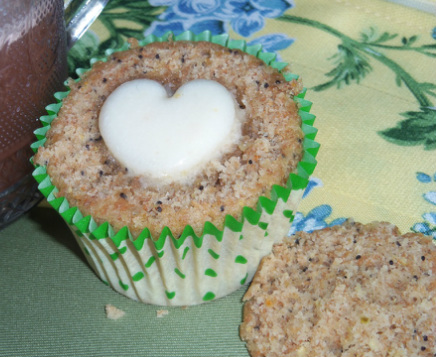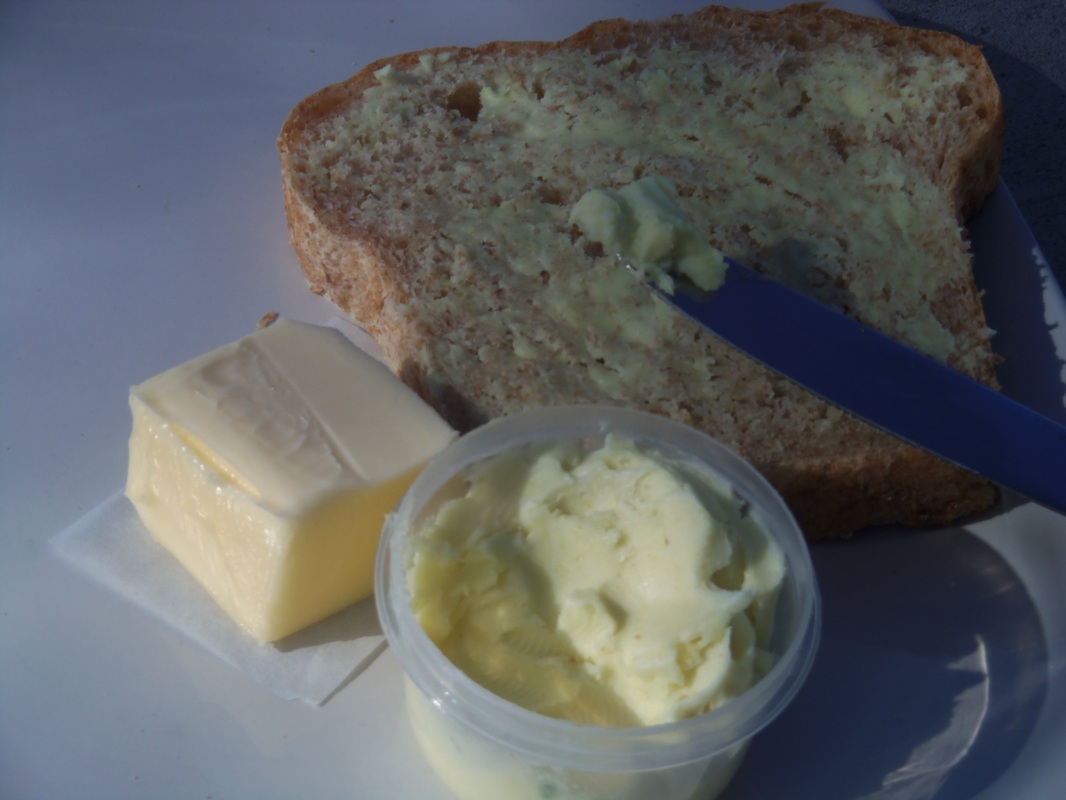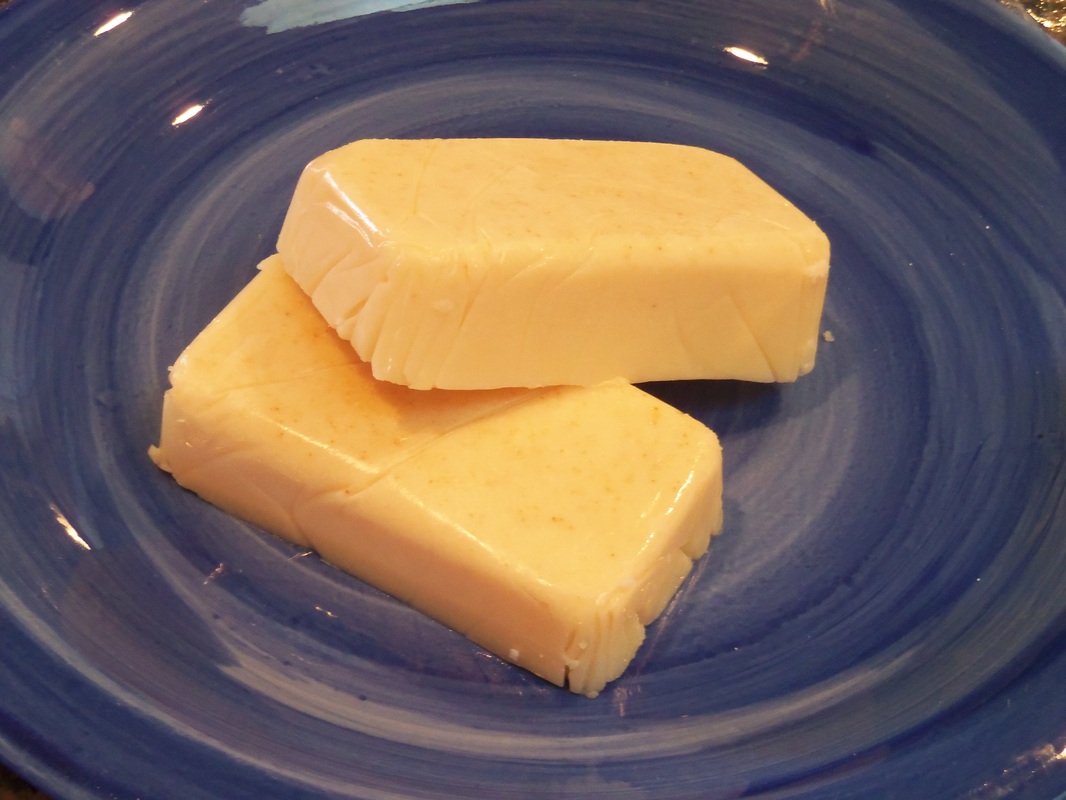Out of the eight of us in the house, we've learned that one child can't have wheat. She's so sensitive that eating one 1/4" piece of bread caused her arms to turn hot pink and start to weep. But the rest of us are fine. We're still in the process of determining if she reacts to gluten, or to just the wheat itself, so for now everything must be wheat-free AND gluten-free. And dairy-free, while we're figuring out if that's an issue too. For some strange reason, I prefer to cook only one meal, per meal. And special 'gluten-free' foods are pricey. Really pricey. So I'll let you know how I've adapted. Hopefully it'll help you or someone else having to adapt to whatever allergy or special needs diet strikes just one or two in your family.
Eight Tips for feeling (more) normal when someone has special dietary needs
1- Plan on preparing most of your family's foods.
Unless you have nothing against quadrupling your family's food budget. Not kidding. If you didn't cook much before, brush up on the basics. They'll do for now. And for a while.
2- Eat naturally wheat-free foods
Keep a list around so you can focus on what CAN be eaten rather than all the CAN'Ts. It's empowering and encouraging. While you're still getting used to what's okay and not, go through your kitchen and pantry, and write down everything that is GF already, including all plain spices and herbs (blends might not be; check), canned/fresh/frozen fruits and vegetables, rice, plain beans, flax, buckwheat, meat in its natural state, eggs, peanut butter, olives, potato chips, popcorn, jam, ketchup... See a bigger list here, halfway down the page. There's a GF year-supply list here. You know, I've been telling myself for years that we oughta eat more rice and beans. They're cheap, store well, and are filling.
Those have suddenly become more popular at my house.
3- Make a list of 10-15 meals your family likes that are gluten/wheat-free and can be made using what you typically have on hand. Include both super-quick meals and more involved ones. Be willing to spend about an hour doing this; it'll save you much more time than that in the long run. Get input from your kids. Tape the list someplace handy like the inside of your cooking supplies cupboard. No more panic or feeling helpless at a change of dinner plans!
4- When you cook some specialty gluten-free food, go ahead and make a big batch. Then freeze the rest in individual serving sizes. For my 10-year-old, the ziptop "snack size" baggies are the perfect size. There's a gallon-sized ziptop bag labeled for her in the freezer. What's in it changes often. Right now it has GF waffles and breadsticks, spaghetti (made with specialty GF pasta) and sauce, seasoned rice, dairy-free homemade ice cream (made in my blender), and GF chocolate chip cookies. Remember treats. They've saved my daughter from feeling deprived with all these new "don't"s. Whenever my husband pulls out the ice cream, she pulls out her freezer bag and gets something sweet too. I also keep one loaf of GF bread in the freezer, for sandwiches and toast. She pulls out a couple slices whenever needed.
5- Keep a small plastic bin full of GF baking supplies, like the photo above. It's handy for all kinds of things. My 'essentials' include a bag of GF flour mix (homemade or storebought), xantham gum, some white flour like rice, tapioca, or potato starch, and a whole-grain GF flour like brown rice, lentil, oat, or sorghum. Mine also has a bag of dairy-free chocolate chips in it, good for a lot more than just cookies. I've found flours like tapioca, potato starch, and rice flour at the Asian market for a fraction of the price.
6- Try a new GF recipe at least once a week. And maybe only once a week, depending on how overwhelming it is to you. Have that other family member cook with you, so she'll learn to cook for herself later. If you love bread, stick with the quickbreads for a while. They're much simpler. I think the easiest way to learn, other than just trying a new GF mix each week, is to buy a copy of of Living Without magazine. Or sign up for their free weekly newsletter, which includes a recipe. I love the magazine format because you can learn in 5-minute increments.
7- Remember to watch out for cross-contamination
I think this is actually the hardest one. You might want to have TWO jars of mayonnaise and jam open, one of each labeled as GF. Otherwise it's really easy for bread crumbs from one person to end up in the jar, where they'll cause the allergic person grief. Remember that toasters carry crumbs. Wipe the counters really well. Consider having a second set of measuring cups, possibly mixing bowls and cooling racks too, depending on severity of reaction. If you have a regular wheat grinder you can grind your own GF flours, using things like rice, beans, oats, lentils, quinoa, etc, BUT only use a mill that has not been used for wheat. Unless you want to invite problems. Some things can be ground in a blender, like oats, if those are OK for your family member.
And,
8- Read labels. Always. Always.
Learn which ingredients have hidden gluten. You'll be surprised at what you find. Sometimes good surprises. Sometimes lame ones. Realize too that sometimes companies change their ingredients, and something that didn't have gluten/wheat in it before, might the next time you buy it. Knowing exactly what you're eating is a good idea anyway.
You can do this! :D
Love, Rhonda












 RSS Feed
RSS Feed